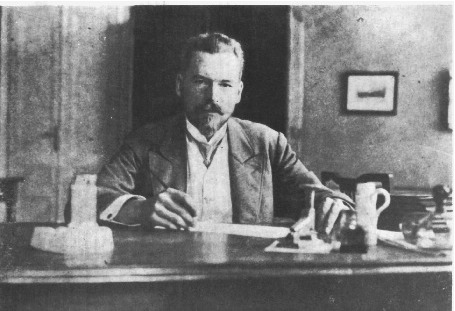Speaker
Description
Single-particle trajectories measured in microscopy experiments contain important information about dynamic processes undergoing in a range of materials including living cells and tissues. However, extracting that information is not a trivial task due to the stochastic nature of particles’ movement and the sampling noise. It usually starts with the detection of a corresponding motion type of a molecule, because this information may already provide insight into mechanical properties of the molecule’s surrounding.
The most common analysis method uses mean square displacement (MSD) curves. Within this approach, one fits the theoretical curves for various physical models to the data and then selects the best fit with statistical analysis. However, in many cases, the actual trajectories are too short for extracting meaningful information from the time-averaged MSDs. Moreover, the finite localization precision adds a term to the MSD, which can limit the interpretation of the data.
Classification of trajectories with machine learning (ML) algorithms is one of the possible approaches to overcome the problems of the MSD method. It is rooted in computer science and statistics. And it is very appealing because it would enable automated analysis of many hundreds or even thousands of trajectories with a reduced amount of manual intervention and initial data curation.
Several attempts to analyze SPT trajectories with the traditional ML methods have been already carried out. However, the methods that have been used for that purpose (e.g. Bayesian approach, random forest and a simple back-propagation neural network) belong to the class of so-called feature-based methods. Each trajectory within this approach is described by a set of human-engineered features and only those features are provided as input to a classifier model. Thus, similarly to the MSD based methods, they require the preprocessing of raw data and their interpretability may be limited for short and noisy trajectories.
In the talk, we will present a novel classification method based on convolutional neural networks (CNN). CNNs is one of the most popular deep learning algorithms, which excels in image classification. Using them is very appealing because they operate on raw data. They do not require any feature selection and extraction carried out by a human expert. Instead, they use a cascade of multiple layers of nonlinear processing units for feature identification, extraction and transformation in order to learn multiple levels of data representations. The performance of the CNN classifier trained on artificial trajectories will be compared with two popular feature based methods (random forest and gradient boosting).
References:
1. Patrycja Kowalek, Hanna Loch-Olszewska, Janusz Szwabiński, Classification of diffusion modes in single particle tracking data: feature based vs. deep learning approach, arXiv:1902.07942, submitted to Phys. Rev. E

